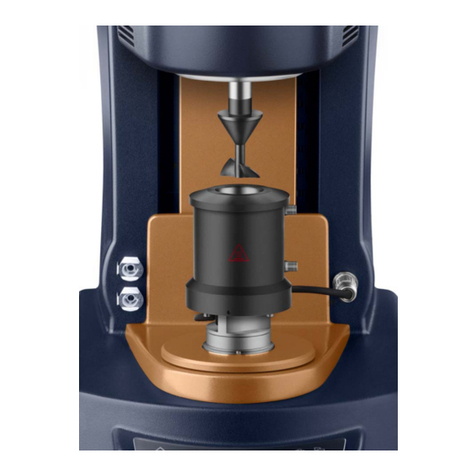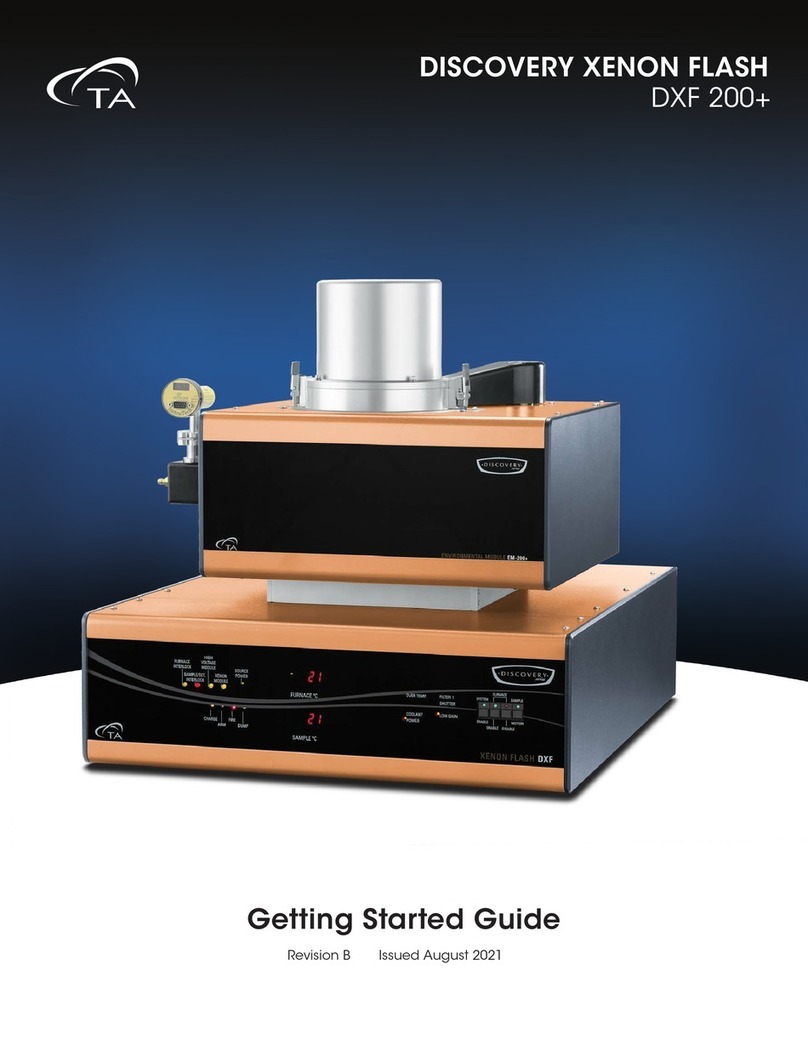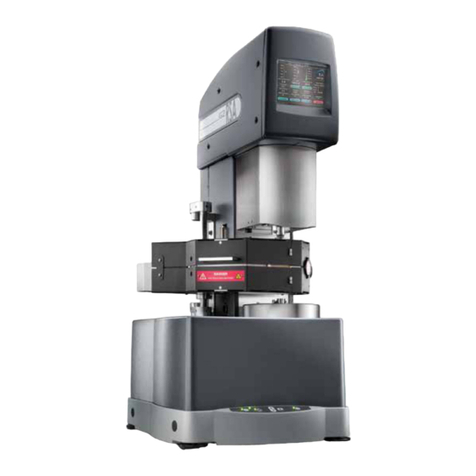
TA I
NSTRUMENTS
DSC A
UTOSAMPLER
CEii
© 1996, 1999 by TA Instruments, Inc.
109 Lukens Drive
New Castle, DE 19720
Notice
The material contained in this manual is believed
adequate for the intended use of this instrument.
If the instrument or procedures are used for
purposes other than those specified herein,
confirmation of their suitability must be obtained
from TA Instruments. Otherwise, TA Instru-
ments does not guarantee results and assumes
noobligationorliability.Thispublicationisnota
license to operate under, or a recommendation to
infringe upon, any process patents.
TA Instruments Operating Software, Instrument,
Data Analysis, and Utility Software and their
associated manuals are proprietary and copy-
righted by TA Instruments, Inc. Purchasers are
granted a license to use these software programs
on the module and controller with which they
were purchased. These programs may not be
duplicated by the purchaser without the prior
written consent of TA Instruments. Each
licensed program shall remain the exclusive
property of TA Instruments, and no rights or
licenses are granted to the purchaser other than
as specified.































